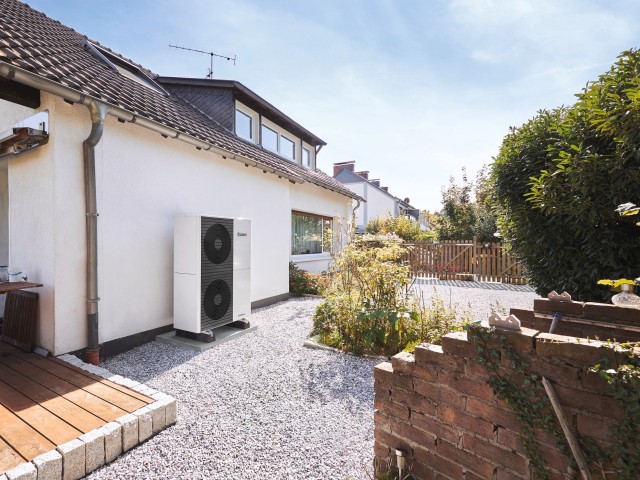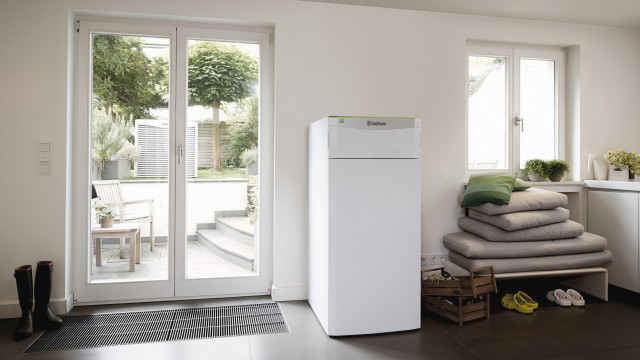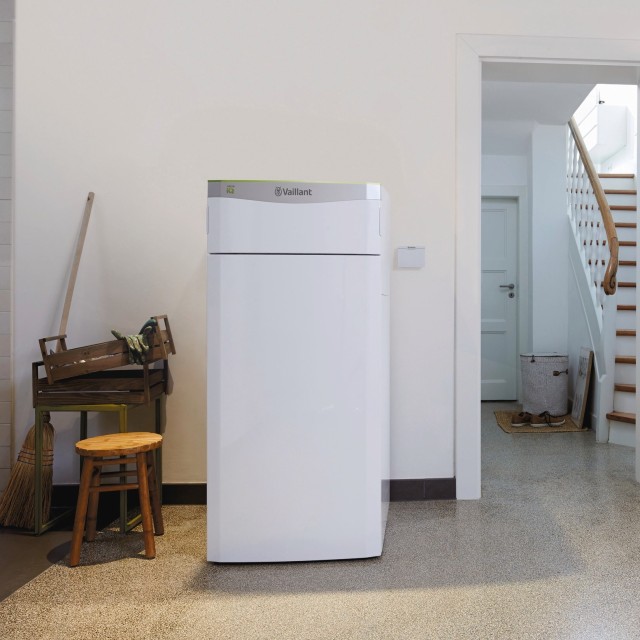Heat pumps use environmental energy to generate heating and hot water for your home. They work by extracting thermal energy (heat) from the air, ground or a local water source. The heat pump then converts this energy into heating and hot water for your home.
Heat pumps operate by collecting heat through an external collector system - pipes containing liquid filled with anti-freeze to transfer heat from the ambient temperature. Because of the composition of the liquid, it will always be a lower temperature than outdoors, meaning the heat is transferred into the liquid.
It is then passed through to the second cycle, where heat is absorbed into refrigerant and turned into vapour. Once it reaches the compressor, that is turned into steam, raising the temperature to a level usable in your home. We have created a video to showcase this process in action below.





